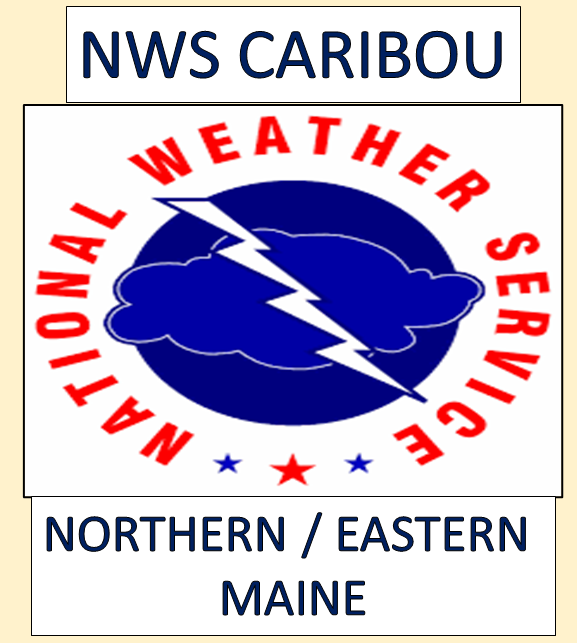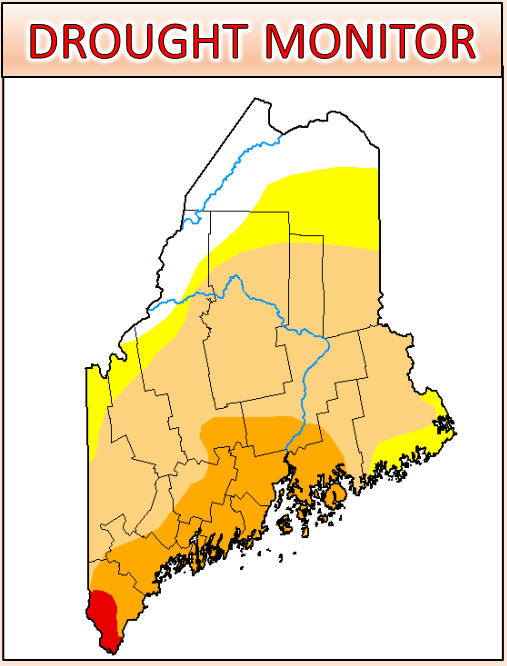Cool pattern for most of the countryFall is being felt across much of the lower forty-eight states as the subtropical jet stream is suppressed over the southeastern region. Folks in the northwest will be filling the planetariums to watch the eclipse, where southeastern New Mexico and Texas have the best chance to visually see the ring of fire. As for Maine, the region is caught in the middle of two systems. The upper-low that hung out over the area all week is backing in, which is assisting to keep the storm tracking near the Great Lakes to the south. With the two features in the neighborhood, the combination of the two keeps varying amounts of clouds around and a risk of a shower for the north and mountains through the weekend. Saturday Noon to Sunday 6 AM - A weak wave enters the Quebec border region which brings the risk of a light shower or two there in the afternoon before it gets cut off and fizzles out. A storm generated from the remnants of the upper-low that dogged us all week backs in from the Gulf of St. Lawrence as a strong ridge to the northeast shoves it to the southwest. This brings the risk of showers for the far north later in the day and into the evening. Temperatures range in the 50s for the west, north, and east, with 60s for the south. A northwest breeze keeps the shoreline on the warmer end. Eclipse viewing for Maine a bit of a challengeI am going to nerd out a bit here and show you something that I rarely do. So often you see the horizontal view of the atmosphere with charts and model progs that cover a widespread area. Here I am going to show you the vertical view. This is where the nuts-and-bolts forecasting gets done with what is known as skew-t diagrams. When winter comes, these are invaluable to figure out the four precipitation food groups and who has a better chance to get what. Today is about clouds, and the focus is on the 12-1 PM hour. The forecast sounding for Caribou at 1 PM shows a high chance that low cloud cover will be the dominant feature. The blue line is the dew point, the red line is the air temperature. I added the green line to indicate the intersection between the two. Not only does this indicate low cloud potential, but also the risk of a shower at the time the eclipse passes through. Downstream at the same time in Gray, there are two levels of clouds to be concerned for viewing obstruction. Where the dew point and temperature lines come close to one another is where interaction between the two raises the humidity level to generate them. The model idea is picking up on some interference of the low to the west as it tries to move north. Between the two, this may limit the viewing over southern areas. Also of note, the polar jet stream will be cranking overhead between 90-100 knots as indicated by the blue flags on the right. This is a concern for more in the way of high clouds of the cirrus variety as it blows cloud cover from the storm to the west to east over the region as it vents out. This chart of the same model run from a horizontal view shows the best chance for viewing over west central Maine. Other ideas I have seen show that Bangor has a fair chance to have a decent shot at seeing it as well. The University of Maine Orono is having a viewing with their Clark Telescope if you want to check that out. If you happen to get lucky and see it, please remember to view it safely. Rider appreciation day next Saturday |
Mike Haggett
|
























